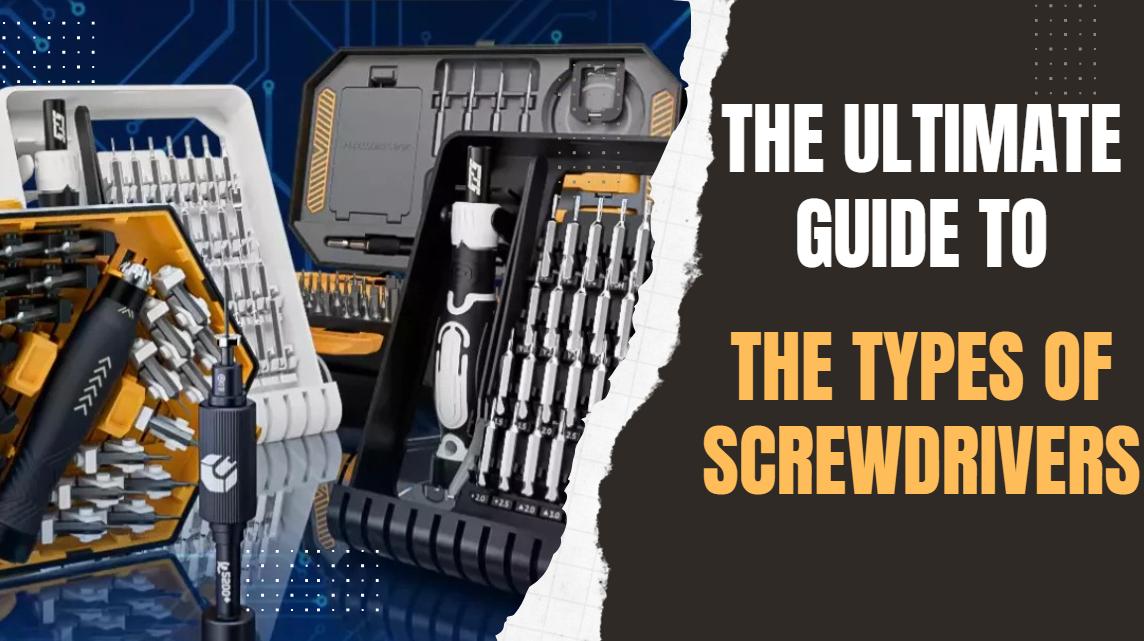Table of Contents
When it comes to essential tools in any toolbox, screwdrivers are at the top of the list. With the vast range of screws used in furniture, electronics, and home appliances, a single type of screwdriver just won’t cut it. The correct screwdriver not only makes the job easier but also prevents damage to the screw or the workpiece. This article will explore different types of screwdrivers. Read on! Perhaps the oldest and most basic design, the flathead screwdriver features a single flat blade that fits into a straight, linear slot in the screw head. Flathead screwdrivers typically come in tip widths of 1/8 inch, 5/32 inch, 5/16 inch, and 3/8 inch. Common shaft lengths include 1.5″, 2″, and 4″. A flathead screwdriver labeled “3/16 x 4” indicates a tip width of 3/16 inch and a shaft length of 4 inches.
Perhaps the oldest and most basic design, the flathead screwdriver features a single flat blade that fits into a straight, linear slot in the screw head. Flathead screwdrivers typically come in tip widths of 1/8 inch, 5/32 inch, 5/16 inch, and 3/8 inch. Common shaft lengths include 1.5″, 2″, and 4″. A flathead screwdriver labeled “3/16 x 4” indicates a tip width of 3/16 inch and a shaft length of 4 inches. The Phillips screwdriver features a tip shaped like a cross that fits neatly into Phillips screw heads. By centering itself in the screw slot, a Phillips screwdriver improves grip and reduces slippage. Phillips screwdrivers typically come in 5 sizes ranging from 0 to 4 with size 4 being the largest and in lengths from 1 to 8 in.
The Phillips screwdriver features a tip shaped like a cross that fits neatly into Phillips screw heads. By centering itself in the screw slot, a Phillips screwdriver improves grip and reduces slippage. Phillips screwdrivers typically come in 5 sizes ranging from 0 to 4 with size 4 being the largest and in lengths from 1 to 8 in. The Torx screwdriver features a six-point star-shaped tip design. It offers excellent grip and is ideal for applications requiring high torque, such as machinery repair. Torx screwdrivers are identified by a “T” followed by a number, typically ranging from T1 to T100. Common sizes for general use include T6, T8, T10, T15, T20, and T25.
The Torx screwdriver features a six-point star-shaped tip design. It offers excellent grip and is ideal for applications requiring high torque, such as machinery repair. Torx screwdrivers are identified by a “T” followed by a number, typically ranging from T1 to T100. Common sizes for general use include T6, T8, T10, T15, T20, and T25.Click to learn more about Torx screwdrivers.  Popular in Canada and increasingly used worldwide, square screwdrivers fit into square-shaped recesses in screws. They provide excellent torque transfer and are less likely to slip out. Square screwdrivers are typically available in six standard sizes: #00 (smallest), #0, #1, #2, #3 and #4.
Popular in Canada and increasingly used worldwide, square screwdrivers fit into square-shaped recesses in screws. They provide excellent torque transfer and are less likely to slip out. Square screwdrivers are typically available in six standard sizes: #00 (smallest), #0, #1, #2, #3 and #4. Hex screwdrivers, or Allen keys, have hexagonal tips and are commonly used in furniture assembly, bicycles, and home appliances. Hex screwdriver sizes are measured in both metric and imperial units. Metric sizes range from 0.7 mm to 10 mm, while imperial sizes range from 0.028″ to 3/8″.
Hex screwdrivers, or Allen keys, have hexagonal tips and are commonly used in furniture assembly, bicycles, and home appliances. Hex screwdriver sizes are measured in both metric and imperial units. Metric sizes range from 0.7 mm to 10 mm, while imperial sizes range from 0.028″ to 3/8″.Click to learn more about Ratchet vs Non-Ratchet. 
Screwdrivers by Tip
One of the most basic ways to classify screwdrivers is by the type of screwdrivers’ tips.1. Flathead (Slotted) Screwdrivers
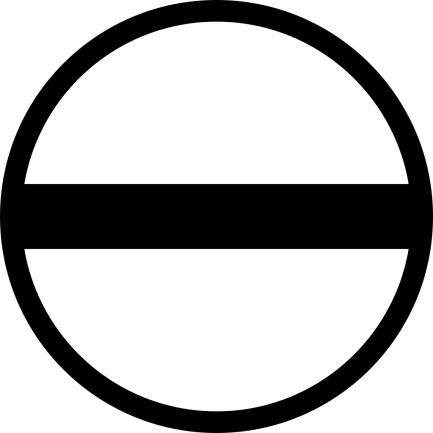
By Inductiveload – Own work, Public Domain, https://commons.wikimedia.org/w/index.php?curid=7304890
2. Phillips Screwdrivers
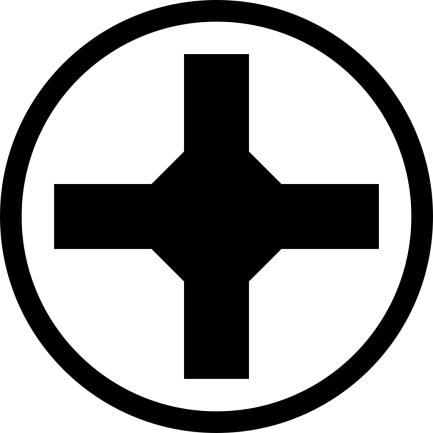
By Inductiveload – Own work, Public Domain, https://commons.wikimedia.org/w/index.php?curid=7304885
3. Torx Screwdrivers

By Inductiveload – Own work, Public Domain, https://commons.wikimedia.org/w/index.php?curid=7304901
4. Square (Robertson) Screwdrivers
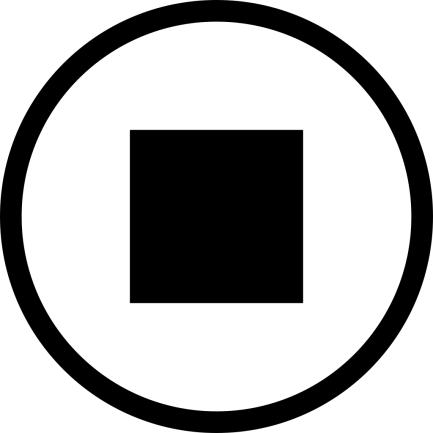
By Inductiveload – Own work, Public Domain, https://commons.wikimedia.org/w/index.php?curid=7304888
5. Hex (Allen) Screwdrivers
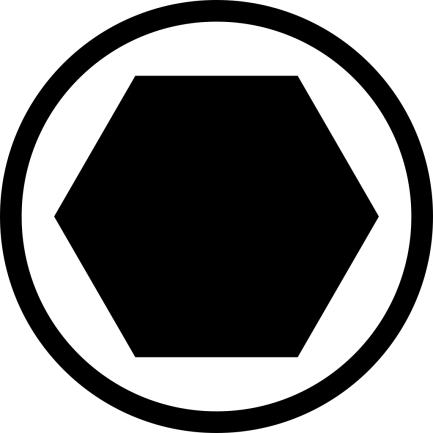
By Inductiveload – Own work, Public Domain, https://commons.wikimedia.org/w/index.php?curid=7304978
Screwdrivers by Power Source
Depending on the task and convenience, screwdrivers can be manual or powered.1. Manual Screwdrivers
These require human effort to turn and are favored for light-duty tasks or where high precision is necessary. They’re often cheaper, portable, and require no battery or power source, ideal for basic everyday tasks.2. Electric Screwdrivers
Powered by batteries or cable, electric screwdrivers are ideal for repetitive or heavy-duty tasks. These tools improve efficiency, reduce fatigue, and ensure consistent torque application. According to the Research and Markets report, the electric screwdrivers market was estimated at USD 1.11 billion in 2024, and is expected to grow to USD 1.53 billion by 2030, with a CAGR of 5.49%.Screwdrivers by Mechanism
The mechanism of a screwdriver determines how torque is applied and can impact efficiency and user comfort.1. Ratchet Screwdrivers
Ratchet screwdrivers have a built-in ratcheting mechanism that allows the user to turn the driver in one direction without removing the tip from the screw. This increases speed and reduces hand fatigue during prolonged use.2. Non-Ratchet Screwdrivers
The more traditional option, non-ratchet screwdrivers, requires manual repositioning after each turn. They are simpler in design and often cheaper.Screwdrivers by Usage
Screwdrivers also differ based on their intended application, ranging from heavy-duty tasks to intricate electronics.1. Standard (Non-Precision) Screwdrivers
These are general-purpose tools used in carpentry, household repairs, and other everyday tasks. They are designed for durability and torque but may not be suitable for delicate components.2. Precision Screwdrivers
Used in electronics, eyeglasses, and other fine-detail work, precision screwdrivers are essential for professionals and hobbyists alike. They feature smaller, finely machined tips designed to fit tiny screws without stripping or damaging them.
